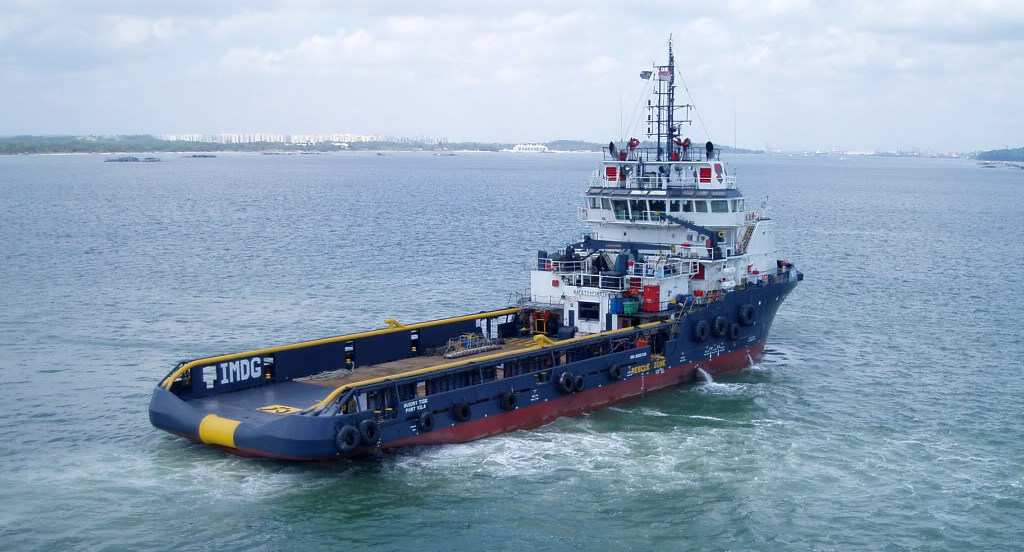

Specifically, the boundary between permafrost and talik is on both sides of the CRCOP, and permafrost is distributed as islands along a cross-section with a length of about 58–60 m. The isolated permafrost is degrading in three directions at the MDS304 site. The results show that the isolated permafrost in this area is vulnerable to further degradation because of warm oil pipelines and thermal erosion of rivers and ponds. This study uses the electrical resistivity tomography method, in combination with field surveys and ground temperature monitoring, to investigate the distribution and degradation characteristics of permafrost and influencing factors at a typical monitoring site (MDS304) near the China-Russia Crude Oil Pipeline (CRCOP). Human engineering activities and climate warming induce permafrost degradation in the Da Xing’anling Mountains, which may affect the distribution of permafrost and the safety of infrastructure. The mapping of permafrost distribution across Alaska is important for land-use planning, environmental assessments, and a wide-array of geophysical studies. Additionally, warmer and drier conditions may increase fire activity and severity, which may exacerbate rates of permafrost thaw and carbon remobilization relative to climate alone. Taken together, these results have obvious implications for potential remobilization of frozen soil carbon pools under warmer temperatures. Simulations suggest that near-surface permafrost degradation is more probable in central regions of Alaska than more northerly regions. Models indicate that near-surface permafrost underlies 38% of mainland Alaska and that near-surface permafrost will disappear on 16 to 24% of the landscape by the end of the 21st Century.

Our calibrated models (overall test accuracy of ~ 85%) were used to quantify changes in permafrost distribution under varying future climate scenarios assuming no other changes in biophysical factors. The data fusion approach generated medium-resolution (30-m pixels) maps of near-surface (within 1 m) permafrost, active-layer thickness, and associated uncertainty estimates throughout mainland Alaska. Here we overcome complex interactions among surface and subsurface conditions to map near-surface permafrost through decision and regression tree approaches that statistically and spatially extend field observations using remotely sensed imagery, climatic data, and thematic maps of a wide range of surface and subsurface biophysical characteristics. Increasing air temperatures have led to widespread thawing and degradation of permafrost, which in turn has affected ecosystems, socioeconomics, and the carbon cycle of high latitudes. High-latitude regions are experiencing rapid and extensive changes in ecosystem composition and function as the result of increases in average air temperature. GA_googleFillSlot("Horizontal_banner_bottom")

A combination of binary logistic regression (BLR) and remote sensing techniques was used to generate a high-resolution spatially continuous near-surface ( Document Type: Research Article DOI: Affiliations: 1: University of Alaska Fairbanks, 2: Alaska Ecoscience, Fairbanks, Alaska, 3: Baseline Geoconsulting, LLC, Fairbanks, Alaska, Publication date: $(document).ready(function() ) Related content In this: publication By this: publisher By this author: Panda, S.


 0 kommentar(er)
0 kommentar(er)
